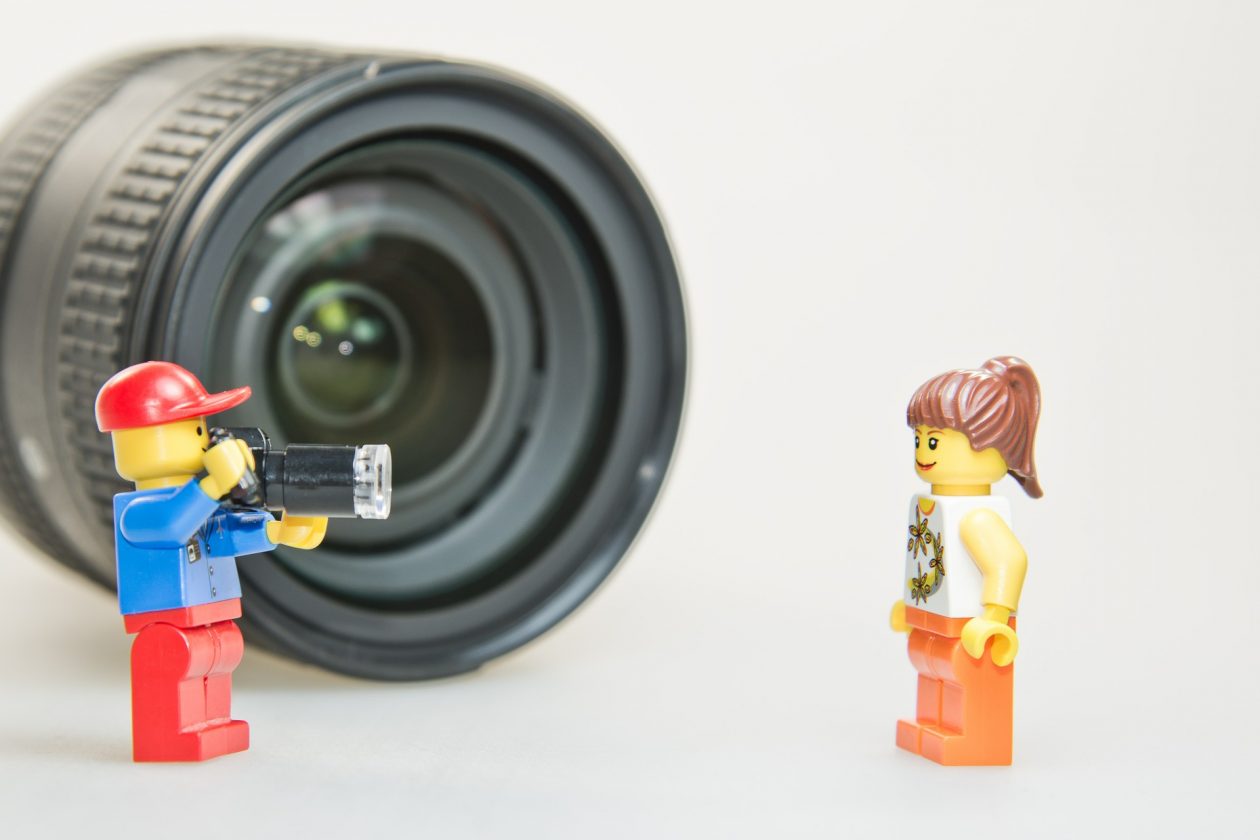In this week’s session we were learning about animation in the classroom and planning for our own animation creation for next week.
Animation is different from other video making as it is made up of a series of photos instead of video clips, “Animation involves the stringing together a sequence of static images, generally so that they appear to move”(Jarvis, 2015, p.89). Due to the wide range of videos you can create using animation, it allows it to be used in nearly every subject area in schools. Beauchamp believes that children don’t view ICT as a single subject but see it as a part in every subject area, meaning they would be comfortable with the introduction of ICT into different subject areas to have cross-curricular lessons (Beauchamp, 2012). With the introduction of ICT programmes, like animation, it allows for children to learn in different ways. This allows for children who have additional support needs or difficulties learning in traditional methods to learn in different ways that might best suit them. This means that they feel more included in the whole lesson and are more likely to focus and engage in what you are doing (Beauchamp, 2012). Furthermore, if children have the opportunity to experience programmes like animation in school it is opening up opportunities by including children that may never have the chance because they don’t have the resources, helping the Scottish Government meet their goal of inclusion and closing the Attainment gap (Scottish Government, 2016). Finally, due to the many different things you can achieve with animation it allows children to “achieve something that would be very difficult or even impossible to achieve in any other way” (Beauchamp, 2012, p.54).
During the workshop we were given the opportunity to explore animation with different apps, called Puppet Pals and iStopMotion. I had already worked with Puppet Pals earlier in the academic year, so I mainly focused on exploring iStopMotion as I had never heard of it before and wanted more time to explore. After exploring what tools the app had, I decided to practise making a short animation with ‘bendy figures’. This was very difficult because the bendy men were out of proportion and their heads made them top heavy, meaning they were unable to stand up, however it did cause many laughs! This highlighted to me that teachers would have to be aware of what resources they had available and if they would work or not/their limitations. Even though the animation with the bendy figures wasn’t the best example, I was still able to get to grips with the app meaning I am more confident for making our group animation next week, as I was slightly apprehensive due to never having created an animation before.

Once everyone had had the opportunity to explore the apps, we got into groups to discuss what we would do for our animations. I worked with the same people that I made my iMovie with because we worked well as a group and all have different skills to share and bring to the group. We were to base our animations on one of four topics/themes:
- recreate a historical event
- represents a geographical process eg glaciation, volcanic eruption
- recreates a real-life scenario eg going to the dentist, shopping
- explains a mathematical principle
After discussing some ideas that we thought would be good, we decided to explain a mathematical principle meaning we could focus on a numeracy experience and outcome from the curriculum. Through discussion we decided that using Lego to explain equivalent fractions and fraction walls would be a fun and interesting way of teaching this principle. We decided to look up different fraction walls and investigate how people move Lego in animations so we could be best prepared for next week. We then split roles on who would bring each resource: my role is to create and bring the background. So, I am going to create a background that will help the appearance of the animation and make it more engaging. Finally, we created a story board so we roughly knew how the animation would go, meaning we will save some precious time next week. Having this time to plan and discuss how we want our animation to go was really useful as it means we can bring interesting resources and have more time next week to set up and film our animation.
I am really looking forward to creating our animation next week and seeing our ideas go from paper to video!
Sophie
References:
- Beauchamp, G. (2012) ICT in the Primary Classroom: From Pedagogy top Practice. Pearson.
- Jarvis, M. (2015) Brilliant Ideas for Using ICT in the Classroom: A Very practical Guide for Teachers and Lecturers. Routledge.
- Scottish Government. (2016) Enhancing Learning And Teaching Through The Use of Digital Technology: A Digital Learning And Teaching Strategy For Scotland. Edinburgh: Scottish Government



Fab blog post!!